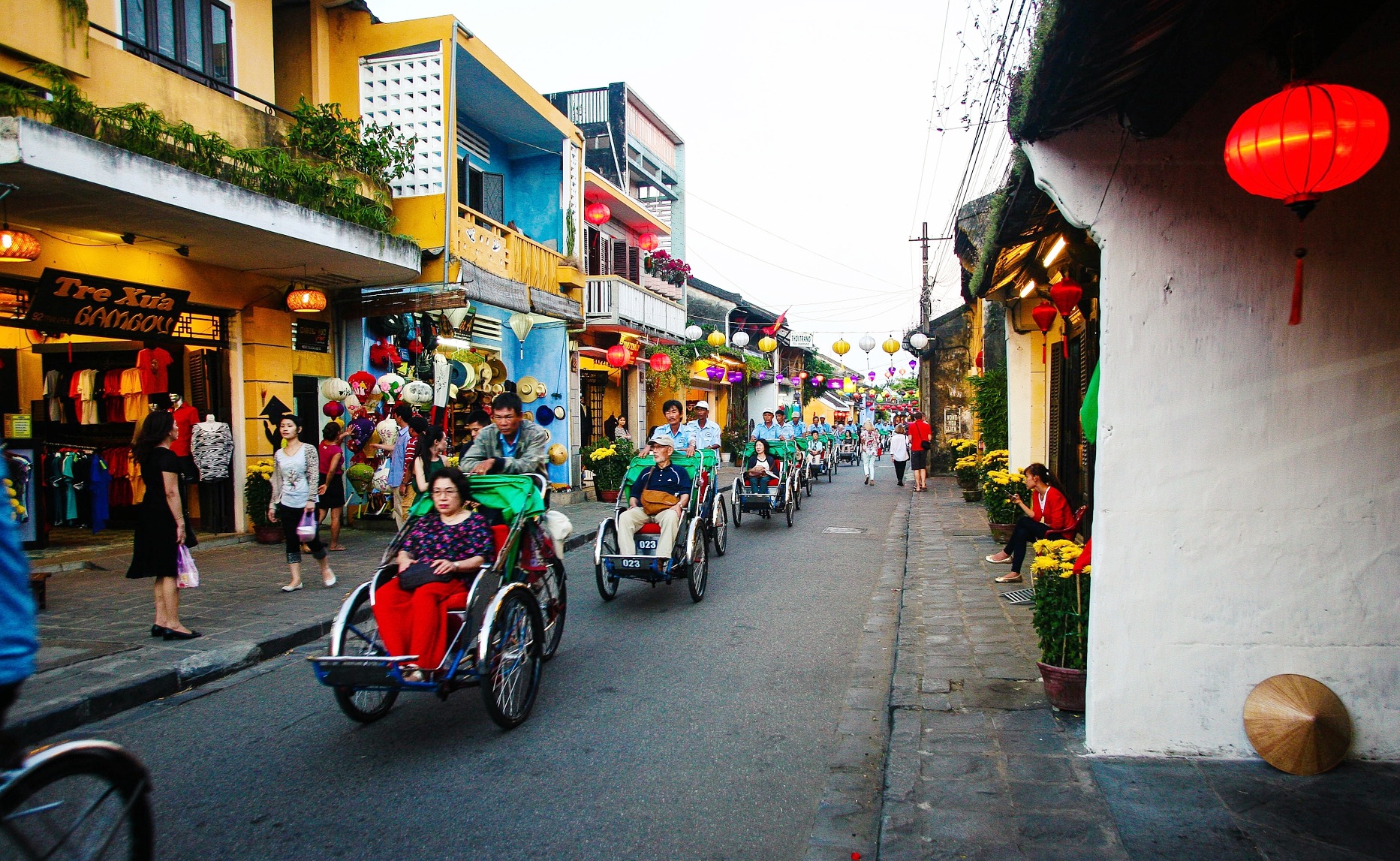By Lotte Thomsen.
UNESCO’s World Heritage designation of places around the world has the honorable purpose of taking responsibility. Taking responsibility for the preservation of things that may otherwise be left unpreserved, and for which destruction would be a severe loss. Yet, making it to the World Heritage List is known to have both positive and negative effects that reach far beyond the preservation of, for example, architecture. It may change the daily life of host communities immensely – not least in the Global South. The World Heritage site of Hoi An in central Vietnam is one of those places in which listing has led to preservation and enormous change at the same time! The city itself certainly is both well-preserved and stunning. But what is going on behind the facades of the beautiful old houses that millions of tourists visit every year? And what are the effects on the business sector?
‘Authenticity’ and Retail in Hoi An
In the newly published article ‘Retail in Places of World Heritage and Transition: Selling Clothes to Tourists in a Context of ‘Planned Authenticity’’ (Thomsen, 2018), I show how Hoi An’s transformation into a heritage tourism site has led to the emergence of a clothing retail sector that barely existed before. The sector plays a key role in the city’s contemporary tourism industry, and has come to appear as an ‘authentic’ part of the landscape of ancient buildings and monuments.
The paper shows how the creation of a clothing retail market was linked to a well-planned configuration of an ‘authentic’ Tailor City. It is to a large extent a reflection of interactions between the transitional Vietnamese economy and heritage listing. And it is reinforced by the urge of tourists to buy presumed place-specific products such as souvenirs or tailored clothes to preserve their memories of the place of Hoi An – regardless of how few links such products actually have to the place or its history and traditions.
A Retail Landscape of Opportunities and Challenges
So, why is this revitalization of Hoi An not merely impressive, but also in some ways problematic, not least seen from a development perspective?
Well, heritage designation did in many ways boost the city’s economy, making Hoi An one of Vietnam’s largest tourist attractions. And surely this came about due to extremely well targeted and impressive local planning in interplay with the World Heritage listing. It also created much needed jobs and prosperity linked to the tourism industry in the formerly poor agrarian area. Still, the revitalization of the city also represents a development that is highly uneven. It has made certain people more powerful, some activities and products more important and ‘authentic’, and some retailers better positioned in Hoi An’s tourism economy than others.
The paper shows how the opportunities of the clothing retailers vary significantly and are related to their status within a network of tourism stakeholders. A network that is intrinsically related to the ways that businesses and the state interact in Vietnam’s transitional economy. My intention here is not at all to point fingers at the Vietnamese authorities that cleverly utilized highly needed opportunities for economic development. What else should they have done? My intention is also not really to blame UNESCO that acted to preserve invaluable world heritage.
The impact on clothing retailers that are explored in much more detail in the paper was not easily foreseen. Yet, certain consequences could perhaps have be mitigated if international interventions like those of UNESCO are done with more caution and based on a deeper understanding of those local contexts and relations they tip into.
The example of Hoi An surely serves to remind us to critically assess and consider all kinds of effects of interventions locally. It reminds us of the importance of understanding better how different types of interventions – that undoubtedly are essential in their own right and done in the spirit of responsibility – play out differently in different places.
The full paper can be accessed via this temporarily free link: Thomsen, L. (2018). Retailing in places of World Heritage, transition and “planned authenticity.” Geoforum,91, 245–252.
Lotte Thomsen is Associate Professor of Business and Development at the Department of Management, Society and Communication at Copenhagen Business School. She holds a PhD in economic geography from Copenhagen University.
Pic by Qui Nguyen Khac, Pixabay.
